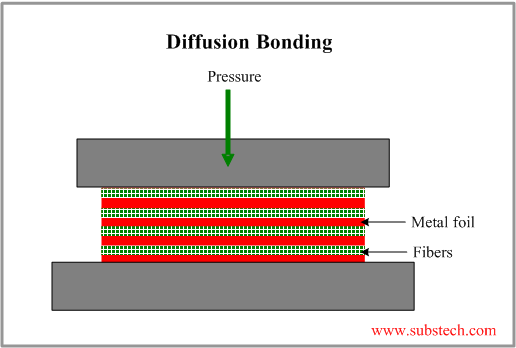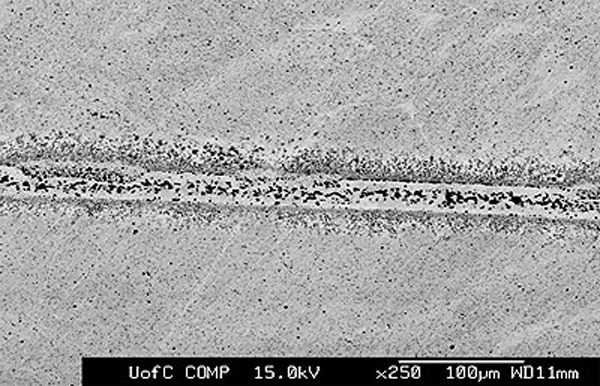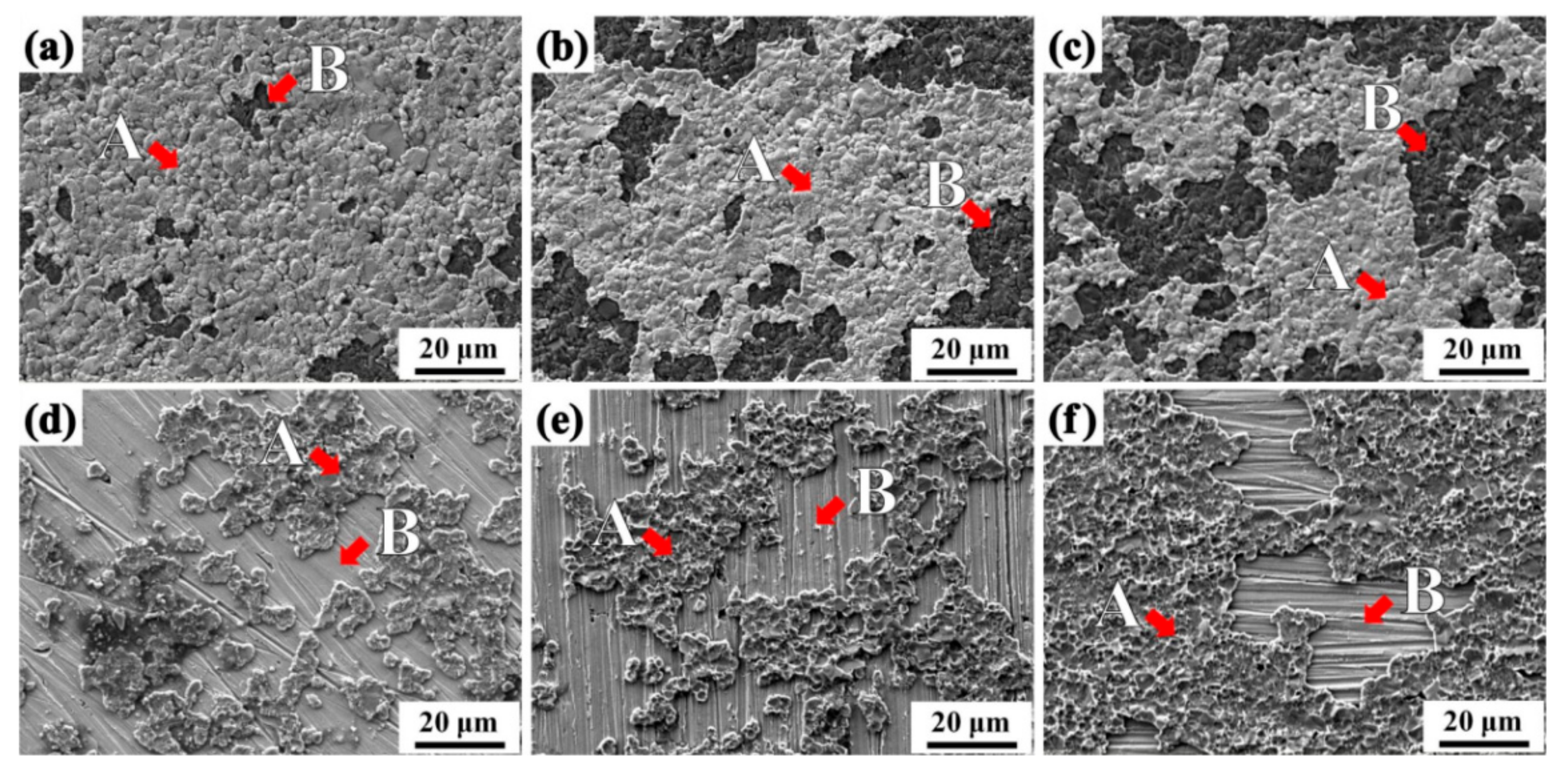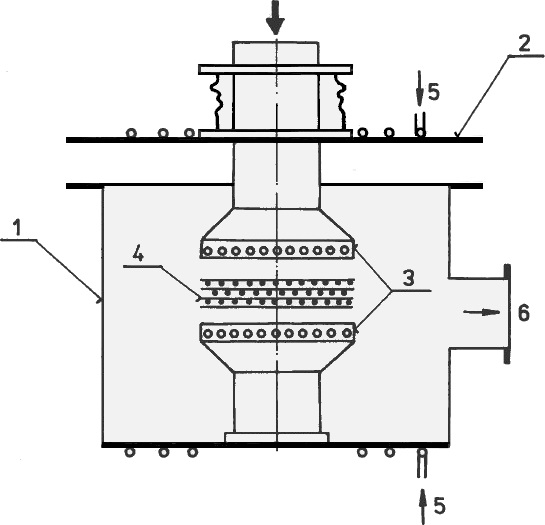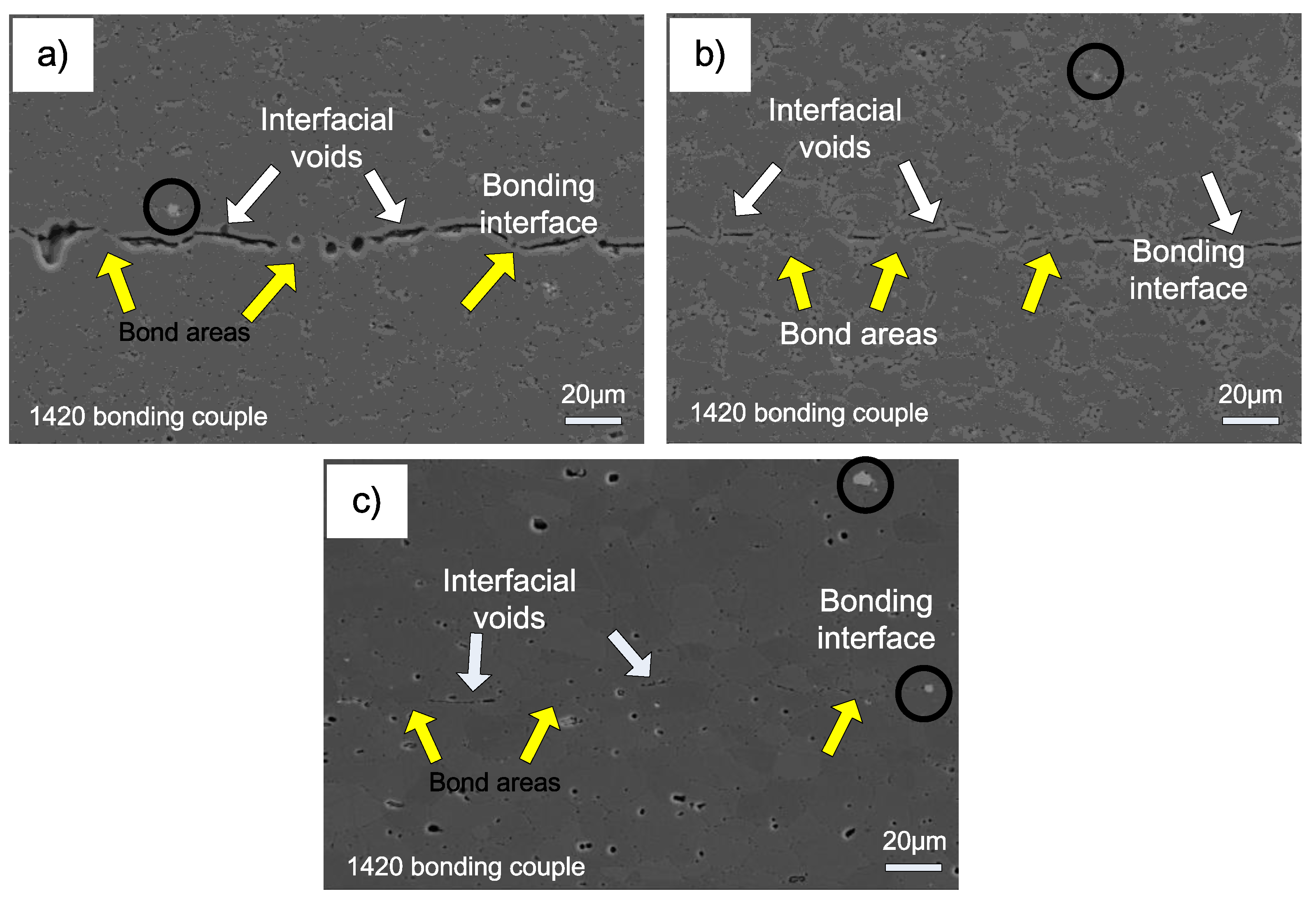Diffusion bonding of ceramic materials is usually a direct joining method that accomplishes joining between two often like materials through atomic level mass transport and exchange.
Ceramic diffusion bonding.
This technique can similarly be used when joining ceramics to metals.
Diffusion bonding is a solid state joining process capable of joining a wide range of metal and ceramic combinations to produce both small and large components.
The process is dependent on a number of parameters in particular time applied pressure bonding temperature and method of heat application.
In addition a number of ceramic materials al2o3 ni3al si3n4 sialon tic wc and zro2 were bonded to 304 and 316 stainless steel using diffusion bonding or tlp bonding.
These include principal bonding parameters such as temperature time and pressure.
However the process can be facilitated by interposing a metallic or glassy interlayer between the two substrates.
Diffusion bonding of ceramics to ceramics and to metals is reviewed with primary emphasis on the effects of operational variables on joint strength.
It operates on the principle of solid state diffusion wherein the atoms of two solid metallic surfaces intersperse themselves over time.
In addition the influence of atmosphere mismatch in coefficient of thermal expansion between the joint members interlayers and surface structure are discussed.





